Language Inventor - Language Creation Tool
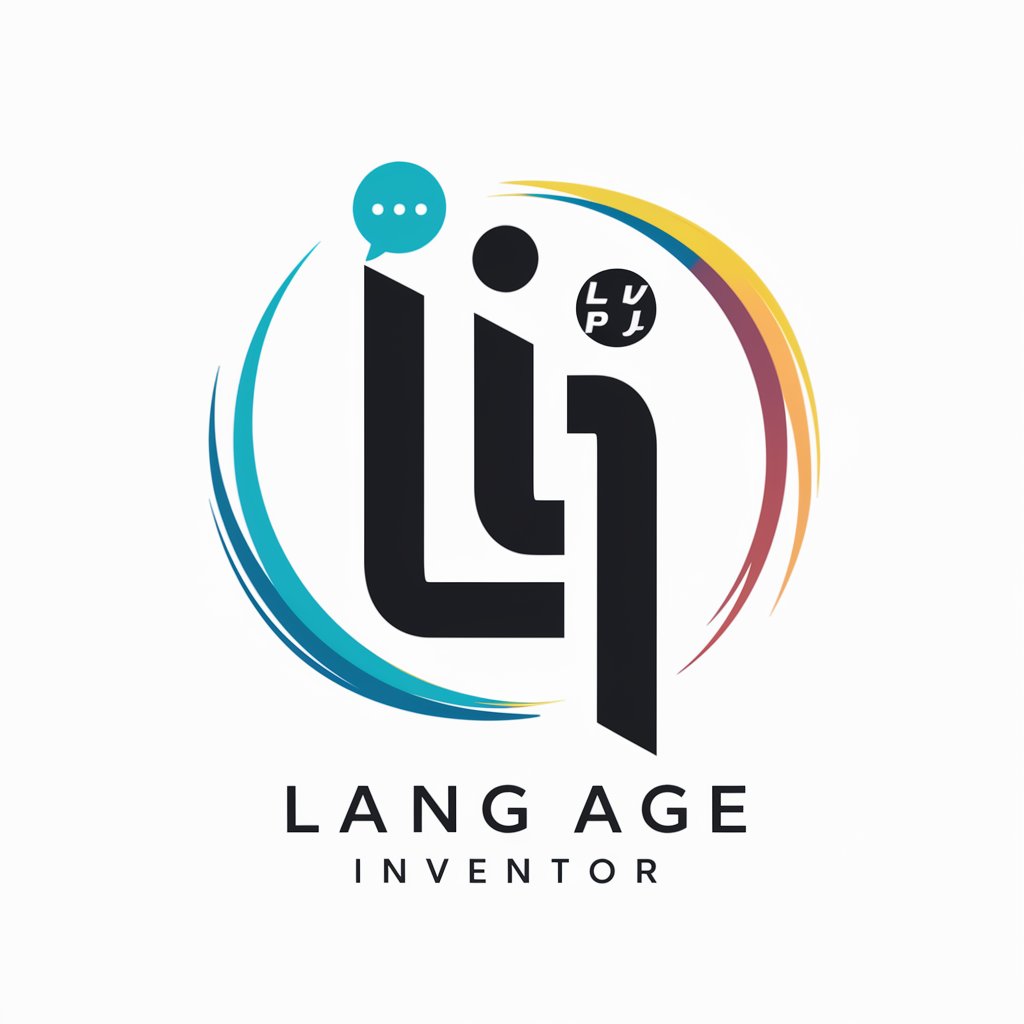
Welcome to Language Inventor, your guide to creating new languages!
Craft New Languages with AI
Define the grammar rules for your new language, focusing on sentence structure and verb conjugation.
Describe the accents and pronunciation nuances that will give your language character.
Create idioms that reflect the unique culture behind your new language.
Develop specific words or phrases for expressing emotions in your language.
Get Embed Code
Overview of Language Inventor
Language Inventor is a specialized tool designed for the creation, translation, and exploration of new languages. It serves as a comprehensive guide through the intricate process of language development, starting from the foundational structure of grammar, syntax, and semantics to the nuances of accents, idioms, and vernacular. The platform integrates interactive voice menu options for speech and verbal communication, making it a unique asset for linguistic experimentation. For example, a user interested in constructing a fantasy language for a novel can use Language Inventor to define unique grammar rules, develop a vocabulary, and even create accents that give life to their fictional world. This interactive approach not only facilitates the creation of new languages but also aids in learning and applying them in practical scenarios. Powered by ChatGPT-4o。

Core Functions of Language Inventor
Defining Language Structure
Example
Creating a language with a subject-object-verb (SOV) sentence structure, unlike English's subject-verb-object (SVO) pattern.
Scenario
Useful for authors or game designers looking to construct a language that reflects the cultural or conceptual differences in their fictional universes.
Creating Accents and Pronunciation Rules
Example
Developing a set of pronunciation rules that include unique sounds not found in English, such as uvular trills or nasal vowels.
Scenario
Linguists or hobbyists wanting to give a distinct phonetic character to their language, making it stand out or fit a particular group of speakers.
Incorporating Idioms and Vernacular
Example
Introducing idioms like 'when the moons are watchful' to mean 'during dangerous times' in a newly created language.
Scenario
Writers or cultural enthusiasts aiming to enrich their languages with expressions that reflect unique cultural or fictional realities.
Adding Emotional and Cognitive Traits
Example
Designing words or phrases that specifically convey emotions or cognitive states, such as a single word that means 'the joy of seeing a loved one after a long time'.
Scenario
Psychologists or educators interested in exploring or teaching how different cultures and languages handle emotional expression.
Ensuring Efficiency in Communication
Example
Simplifying verb conjugations and reducing irregular forms to make the language easier to learn and use.
Scenario
Language creators aiming for their languages to be easily adoptable by communities or for educational purposes.
Target User Groups for Language Inventor
Linguists and Language Enthusiasts
Individuals fascinated by the study of languages and the process of language creation. They benefit from Language Inventor's comprehensive tools for developing new linguistic systems and exploring the relationship between language, thought, and culture.
Authors and Content Creators
Writers, game developers, and creators of fictional worlds who seek to enhance their narratives with unique languages. Language Inventor helps them create languages that add depth and authenticity to their characters and settings.
Educators and Students
Teachers and learners in the field of linguistics or related disciplines can use Language Inventor as an educational tool to understand the complexities of language development and the principles of linguistics through practical application.
Cultural Researchers
Researchers focusing on cultural studies or anthropology may use Language Inventor to simulate the evolution of language in different cultural contexts, studying how language shapes and is shaped by cultural identity.

How to Use Language Inventor
Start with a Free Trial
Head over to yeschat.ai to access Language Inventor for a complimentary experience, no signup or ChatGPT Plus subscription required.
Explore Language Structure
Familiarize yourself with the provided steps for creating a new language, from grammar and syntax to unique vocabulary development.
Utilize Interactive Features
Make use of the voice menu options to enhance your interaction and experience with real-time speech and verbal communication.
Apply and Test
Implement your language by applying the structured guidelines to create sentences, use idioms, and practice pronunciation.
Refine Based on Feedback
Test your language with others and refine it based on feedback, adjusting grammar, vocabulary, and other elements as necessary.
Try other advanced and practical GPTs
Apps
Empowering Your Daily Life with AI
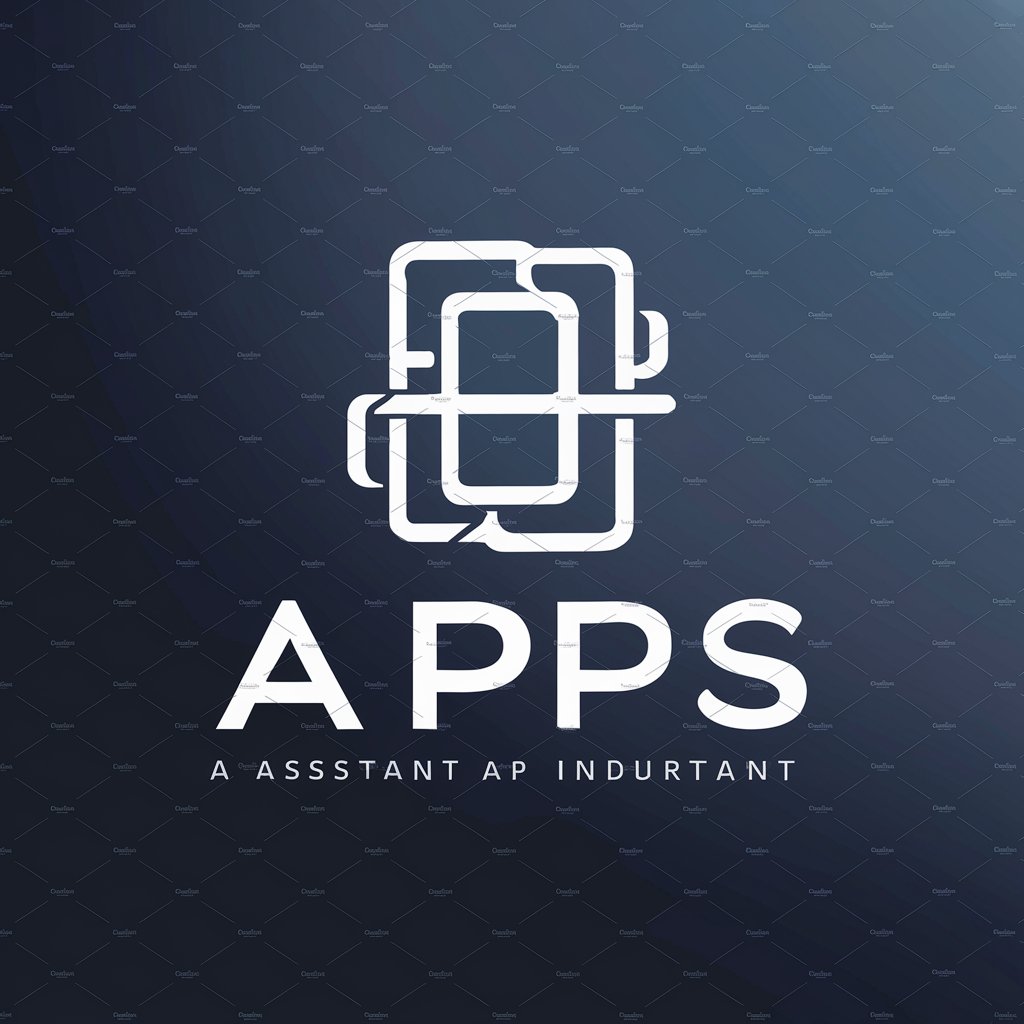
Mobile
Empowering Mobile Intelligence with AI

Mobile App Idea Generator
Unleash creativity with AI-powered app ideation

User Acquisition Guru
Optimize Your Ads with AI-Powered Strategies
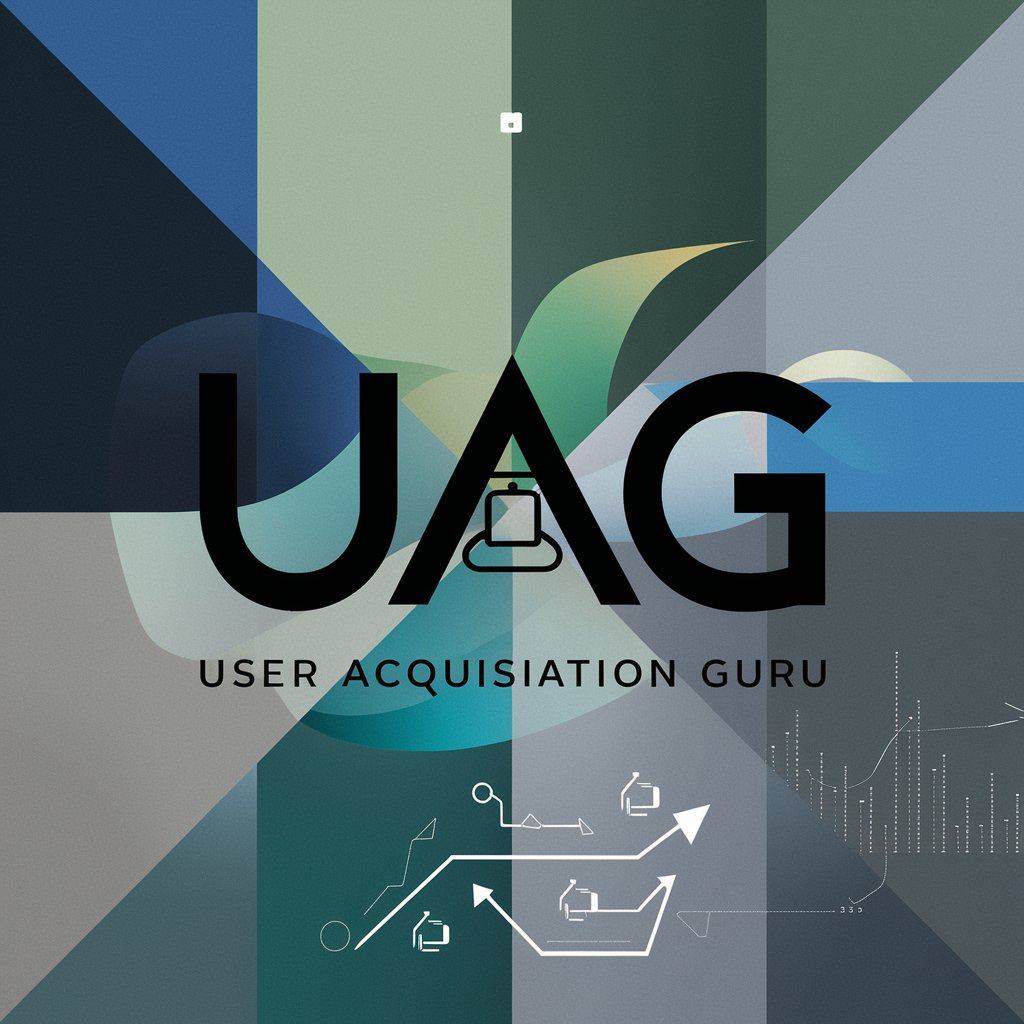
Jet Time Series Forecaster
AI-Powered Time Series Insights

エンジニアお悩みデバッグbot (おばあちゃんタイプ)
Empathetic AI-powered engineering advice.

Color
Illuminate Your World with AI-Powered Color Wisdom
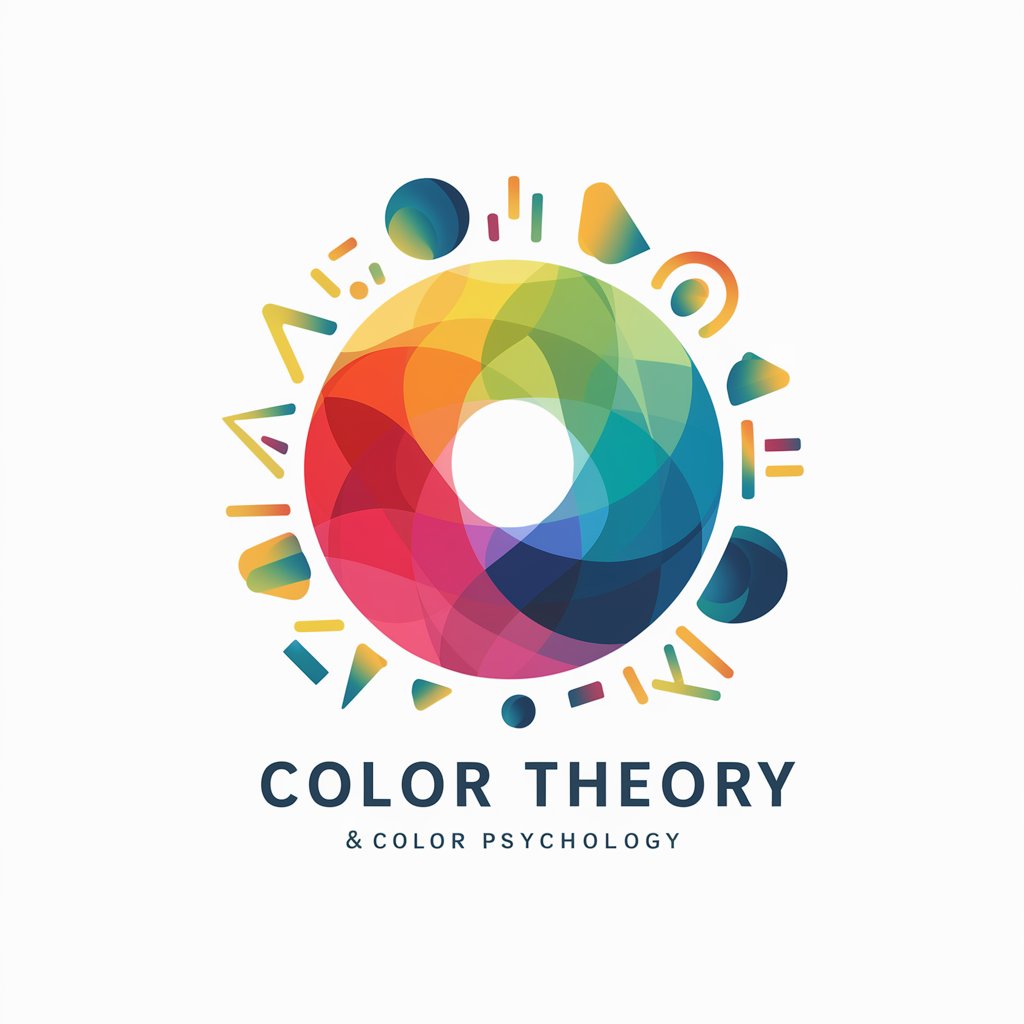
Color Inverter
Transform images with AI-powered inversion
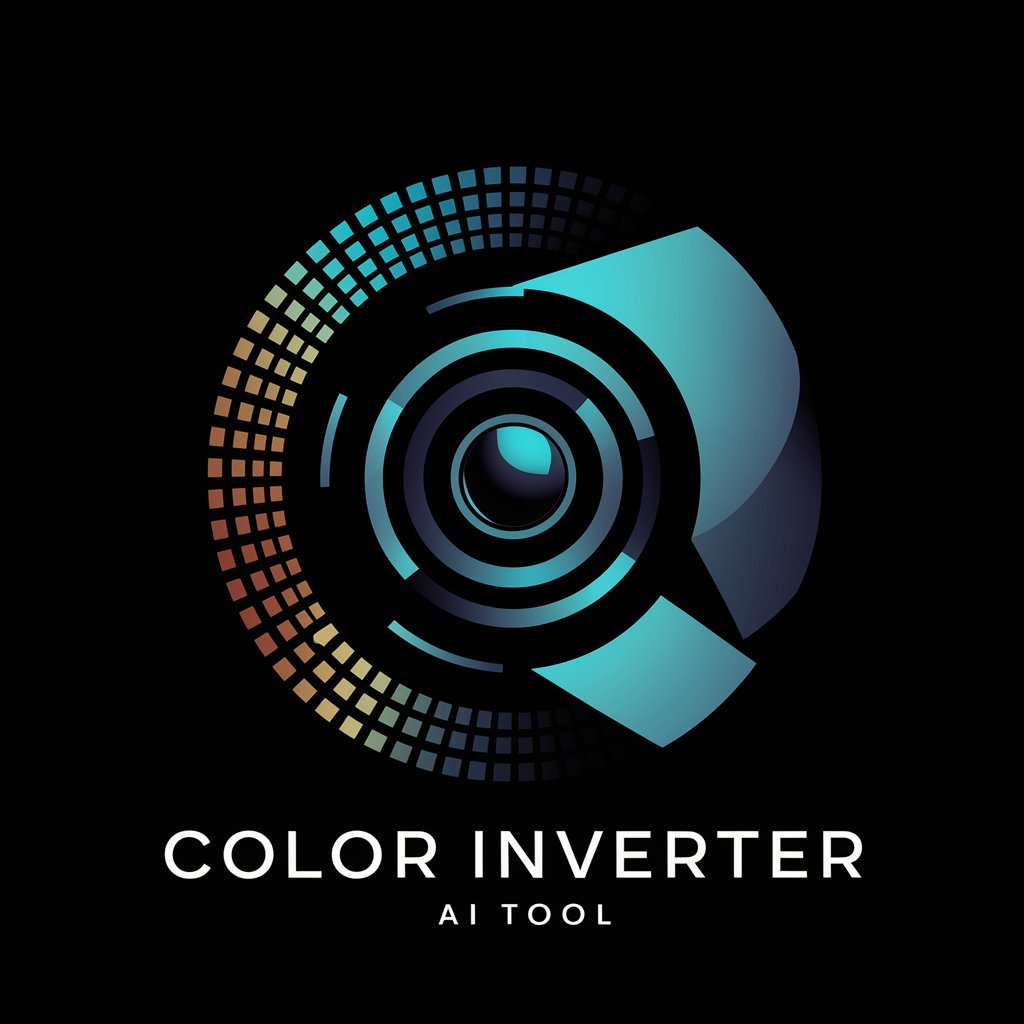
College Application
Empowering your college application journey with AI.

College Ranking
Empowering college decisions with AI

College Majors
Explore majors, fuel your future.

Pest Control
Empowering pest control with AI precision.

Frequently Asked Questions about Language Inventor
What is Language Inventor?
Language Inventor is a tool designed to assist users in creating and translating into new languages, offering structured steps from grammar development to testing.
Who can use Language Inventor?
Anyone interested in linguistics, language creation, or seeking a unique way to experiment with language structures can use Language Inventor.
How does Language Inventor handle idioms?
It provides guidelines for incorporating idioms that reflect cultural aspects, allowing users to add depth and authenticity to their language creations.
Can I test my language with Language Inventor?
Yes, Language Inventor encourages testing and refining your language based on user feedback to improve its usability and authenticity.
Is Language Inventor suitable for academic research?
Absolutely, it's a valuable resource for academic research in linguistics, offering a practical platform for experimenting with language structures and theories.
